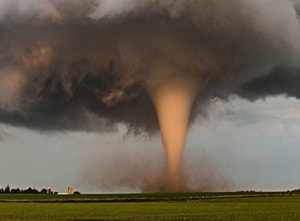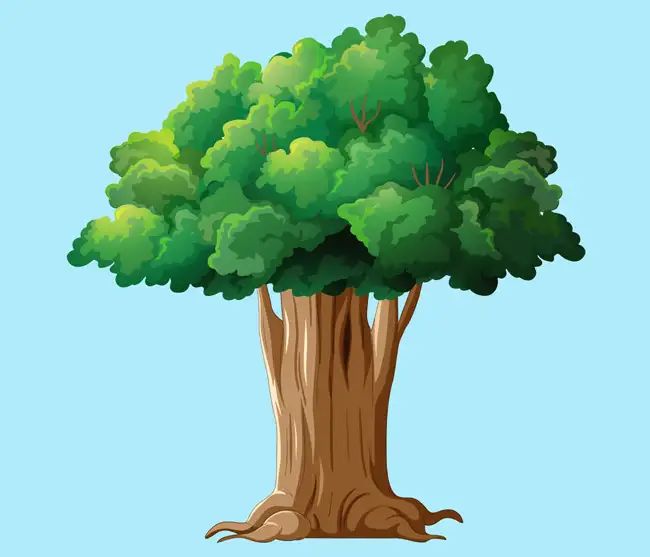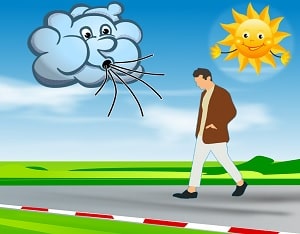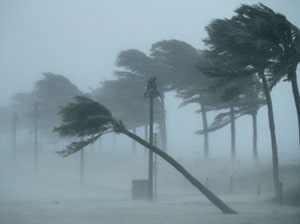Practice Reading & Listening on Tornadoes
Practice Reading & Listening on Tornadoes for IELTS & TOEFL with illustrated flashcards, a podcast as a documentary from National Geographic YouTube Channel and text-to-speech
The beginning of tornadoes
They begin life as ghosts, gently coursing through a solitary existence, but slowly, their gentility turns to rage. They grow larger and larger, curling and twisting, and desperately reaching down from the sky. And what began as an invisible shade is turned into a monster.
What are tornadoes?
Tornadoes are powerful spinning columns of air that stretch from the ground to the clouds. Most are relatively weak, but the few that grow into large events are extremely violent and cause immense destruction. Tornadoes occur on six of the seven continents. The country with the most tornadoes based on land size is the United Kingdom with an average of about 33 tornadoes recorded each year. But the country with the greatest overall number of tornadoes and the intense is the United States with over 1,000 reported annually.
Tornadoes’ classification
Tornadoes, no matter where they occur, are classified as either, supercell tornadoes, which form within supercells, the most powerful class of thunderstorms, or non-supercell tornadoes, which are smaller and weaker and form within non-supercell storms.
The formation of tornadoes
There are many theories surrounding the formation of tornadoes. One key component they share is the presence of both high and low pressure air in a given space. Air particles from the area of high pressure move toward the area of low pressure, a movement that creates wind. Non-supercell tornadoes, such as waterspouts and landspouts, begin when cool high-pressure air and warm low-pressure air are present, particularly near ground level.
As air particles move horizontally from the high pressure area to the low pressure area, wind begins to pick up. Winds blowing at different speeds and in different directions and altitudes begin to blow cyclically. In the case of non-supercell tornadoes, they turn into an upright spinning vortex. But to create supercell tornadoes, the circumstances are slightly different. Violent supercell storms draw warm low-pressure air up to a higher altitude, leaving behind cool high-pressure air near the ground. Air particles attempting to bring the two levels of air pressure into balance creates wind that blows vertically. The wind increases and starts to blow in a cyclical fashion, creating a pipe of wind that rolls along the ground.
In both case, an upward current of wind called an updraft provides the final ingredient for creating a tornado. In a budding non-supercell tornado, an updraft stretches its vertical vortex until it reaches the clouds. To create a supercell tornado, an updraft lifts the rolling pipe of wind upward until it stands upright. Then it pulls condensation from the skies and into the spinning vortex. As soon as the vortices, supercell or non-supercell, connect the ground to the clouds, they are officially classified as tornadoes.
How tornadoes are rated
All tornadoes are rated based on a system called the Enhanced Fujita Scale. The Enhanced Fujita or EF Scale classifies tornadoes from a rating of EF0 to EF5. The rating is based on a number of factors, such as the damage a tornado causes and the Doppler radar estimates of its wind speeds. EF0 tornadoes are the weakest, with the wind speeds between 65 to 85 miles per hour. EF5 tornadoes are the strongest, with the wind speeds exceeding 200 miles per hour.
One of the strongest tornadoes recorded occurred in Oklahoma City, Oklahoma in 1999. Born from a supercell thunderstorm, the EF5 tornado had the wind speeds of over 300 miles per hour. It resulted in 36 fatalities, injured nearly 600, and caused about 1$ billion in damages.
Forecasting tornadoes
While tornadoes cannot be prevented, measure are being taken to protect communities. Meteorologists closely monitor storm fronts in high-risk areas and try to forecast possible tornadic events. In doing so, they help mitigate damages to neighborhoods and save countless lives, even in the face of one of nature’s most formidable.




Fortunately Tornadoes do not happen in our country. Such a big natural disaster that can cause too much casualties is better to not happen at all. I do not know whether it will be possible in future to prevent formation of tornado or not but at least forecasting its possibility help to decrease its catastrophic results as mentioned in the documentary.
* too many casualties
* it’s better for this not to happen (the verb, happen, needs a subject)
* to prevent the formation of tornadoes
* forecasting their possibility helps …
Tornadoes are one the dangers things in the world just imagine one of them got you on its own hands it well kill you really badly.
Tornadoes are one the dangers things = Tornadoes are one of the most dangerous things
This documentary was longer and more detailed than the other documentaries that we have read. Tornadoes can be sometimes truly perilous and fatal, fortunately we have never experienced one in our neighborhood.
You’re right, Armaghan. This documentary on tornadoes was more elaborate compared to the previous documentaries.